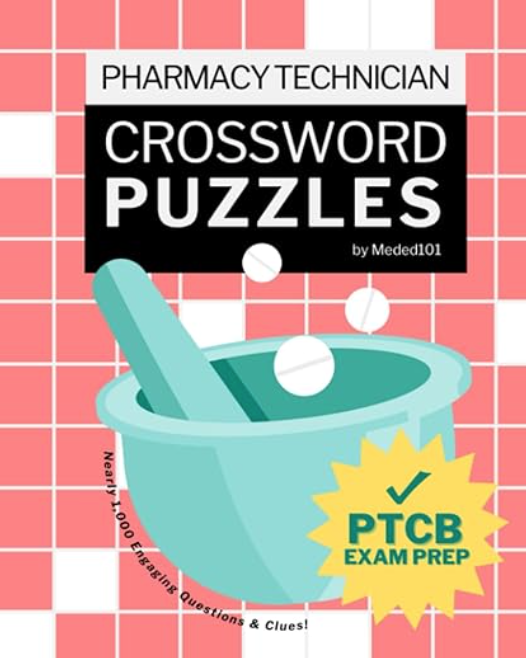In this article, we are going to share some of the most clinically important similarities and differences when comparing midazolam versus lorazepam. Both medications are part of the benzodiazepine class and have effects such as sedation, hypnosis, decreased anxiety, amnesia, muscle relaxation, and anticonvulsant effects. Due to this, both can be utilized in similar situations, but key differences in these medications allow for more specified parameters of when medical providers may want to use one versus the other.
Metabolism
One key difference between the two benzodiazepines is in their metabolism. Midazolam is largely metabolized by cytochrome P450 (CYP) enzyme 3A4 located in the liver, and to a lesser degree 3A3 and 3A5, as well as through glucuronide conjugation. This means that for patients with hepatic impairment or diseases that affect the liver, such as alcoholic cirrhosis, they can have up to a 2.5-fold increase in the elimination half-life. This may increase the risk of elevated active drug levels and, in turn, increase the risk of adverse effects. On the other hand, lorazepam mainly undergoes glucuronidation to an inactive metabolite that is 88% renally cleared. This makes lorazepam a better option in patients whose liver function may be impaired. Lorazepam may also be preferred in patients who are taking medications that impact CYP3A4 (definitely something that could show up on a board exam!).
Pharmacokinetics
Kinetics can also play a big role in how and when these medications are administered. The table shown below illustrates different onsets and duration of action for each IM and IV formulation of lorazepam and midazolam. Lorazepam is shown to be more potent and have a longer duration of action, but produce less amnesia causing it to have a slower time to sedation and waking compared to midazolam. Due to this, IV lorazepam is preferred in situations where a longer duration of action is desired such as in status epilepticus or alcohol withdrawal. This being said, if no IV access is possible then the IM, buccal, or intranasal midazolam formulation is the next recommended step due to its quicker onset compared to IM lorazepam. Circumstances where a shorter duration of action would be beneficial is where midazolam would be preferred. This is in situations such as RSI in ICUs or for emergent surgeries, where a delay in extubation and discharges due to a long sedation period would not be beneficial to a patient.
Comparison Table – Midazolam Versus Lorazepam
| Drug | Lorazepam | Midazolam | ||
| Formulation | IV | IM | IV | IM |
| Sedation Dose | 0.5 – 2 mg | 1 – 2 mg | 0.05 – 0.1 mg/kg | 0.07 – 0.1 mg/kg |
| Onset | 2-10 mins | 20-30 mins | 1-3 mins | 5-15 mins |
| Duration | 2 – 6 hrs | 6-8 hrs | 30 – 80 mins | 1 – 2 hrs |
| Bioavailability | 100% | 90-93% | 100% | 90% |
| Preferred Usage | Seizure Liver Impairment | Seizure Liver Impairment | Sedation | Sedation Seizure when IV isn’t possible |
As we can see when comparing midazolam versus lorazepam, there are different situations where using one over the other may be preferable. Clinical assessment of a patient’s situation and background will play a big role in determining which we would want to use.
If you are looking for more on benzodiazepines, you might appreciate this article on comparing clonazepam versus lorazepam.
This article was written by Emily States, PharmD Candidate in collaboration with Eric Christianson, PharmD, BCPS, BCGP
- 30 medication mistakes PDF
- 18+ Page Drug Interaction PDF
- 10 Commandments of Polypharmacy Webinar based on my experiences in clinical practice
Popular Amazon Books
References:
Micromedex: Lorazepam. https://www-micromedexsolutions-com
Micromedex: Midazolam. https://www-micromedexsolutions-com
FDA: Ativan (lorazepam) Injection. https://www.accessdata.fda.gov
FDA: Midazolam Injection. https://www.accessdata.fda.gov
Elliott HW. Metabolism of lorazepam. Br J Anaesth. 1976 Oct;48(10):1017-23. doi: 10.1093/bja/48.10.1017. PMID: 10938.
Midazolam and Other Benzodiazepines. Olkkola, K.T., Ahonen, J. Handb Exp Pharmacol. 2008;(182):335-60. doi: 10.1007/978-3-540-74806-9_16. PMID: 18175099.
LiverTox: Clinical and Research Information on Drug-Induced Liver Injury [Internet]. Bethesda (MD): National Institute of Diabetes and Digestive and Kidney Diseases; 2012-. Lorazepam. [Updated 2023 Jun 22]. Available from: https://www.ncbi.nlm.nih.gov/books/NBK548563/









0 Comments